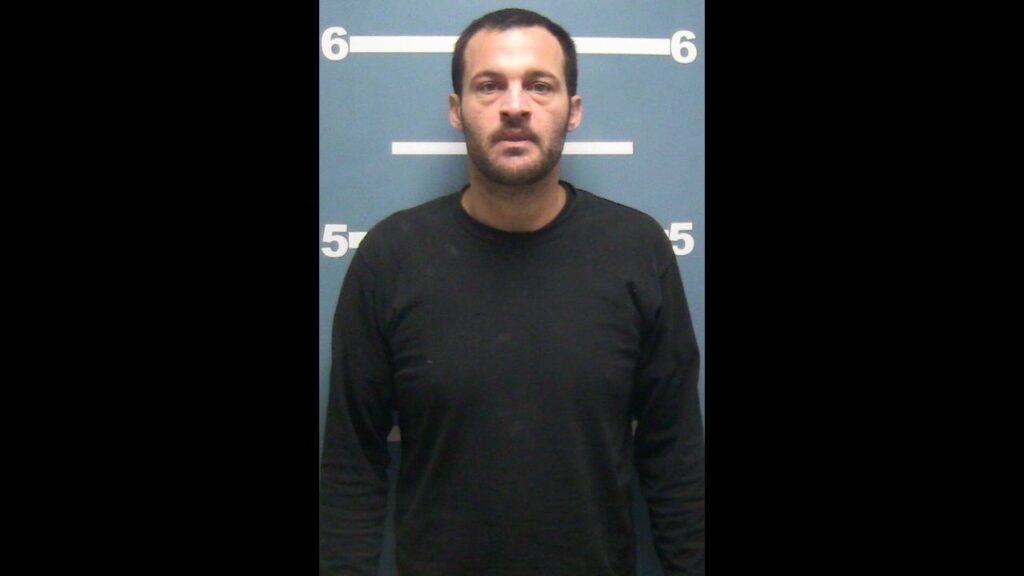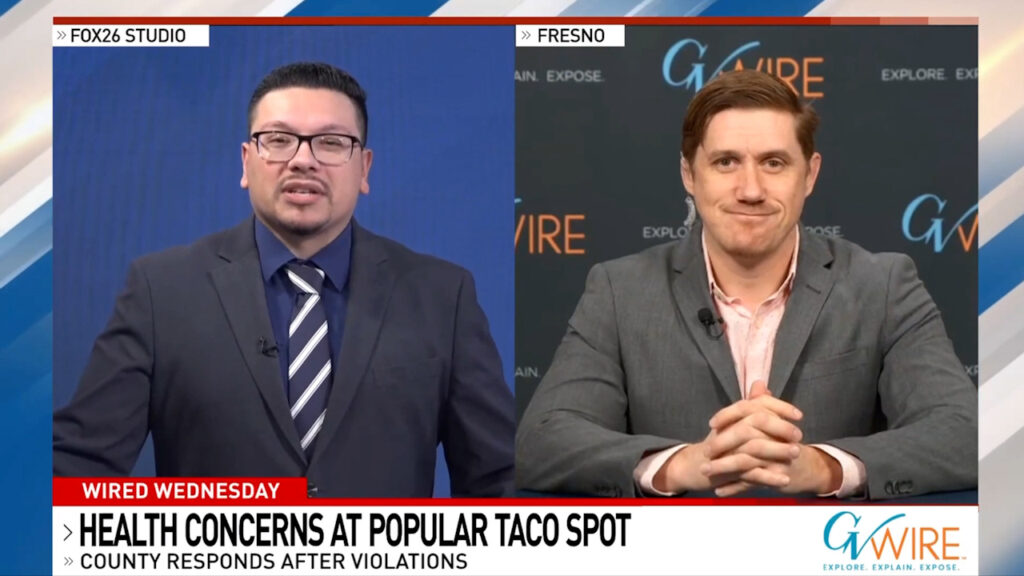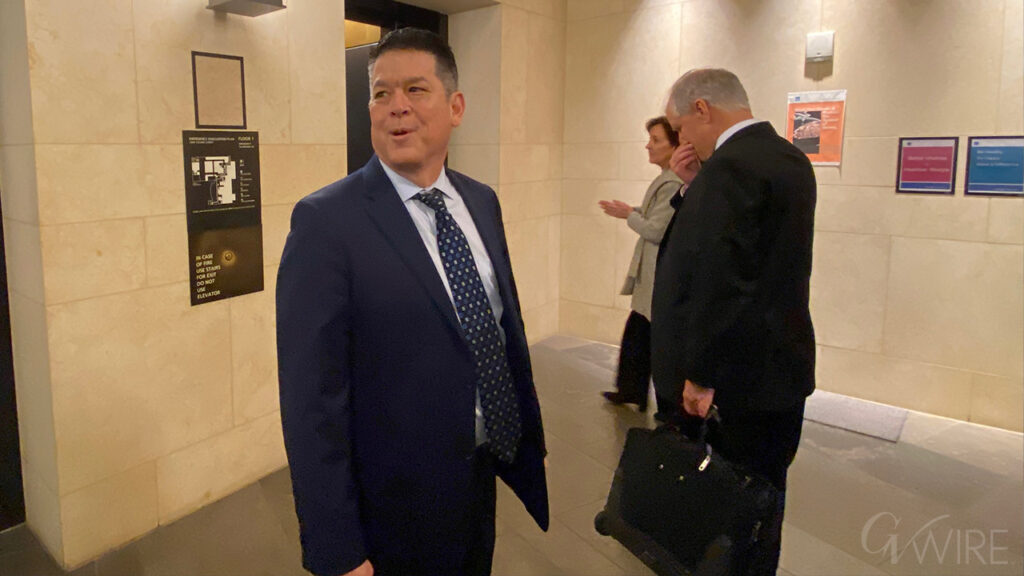Share
When it filed for bankruptcy last year, Purdue Pharma agreed to an innovative plan: It would make $200 million available immediately to help those those harmed by its signature painkiller, OxyContin, and ease the effects of the opioid crisis.
More than a year later, with the crisis worsening, not a penny has been spent.
“The money is just sitting in Purdue’s bank account collecting dust,” said Ed Neiger, a lawyer representing opioid victims. “It’s a travesty of epic proportions.”
It’s not Purdue that is holding up the money. Instead, it’s lawyers representing the wide range of entities suing the company who cannot agree how best to use it. The main disagreement is between nearly 3,000 local governments and advocates for those hurt by opioids.
Advocates want the money funneled mostly to local nonprofits that provide emergency services to people with addictions. State attorneys general say doing so would dilute the money so much it would not be effective. Because Purdue is undergoing the long process of distributing its assets, the states also see the prospect of distributing billions of dollars over time as more important than the $200 million.
“You see the state AGs come in and block the money, and you’re not understanding why,” said Jill Cichowicz, who lost her twin brother to an overdose and sits on a committee advocating for victims in Purdue’s bankruptcy case. “We’re all baffled.”
Purdue filed for bankruptcy last year as part of an effort to settle thousands of lawsuits seeking to hold the company accountable for the crisis that has been linked to 470,000 deaths in the U.S. since 2000. In a separate case, it pleaded guilty Tuesday as part of a broader settlement with the Department of Justice.
The proposal being considered in bankruptcy court calls for members of the Sackler family, which owns Purdue, to pay at least $3 billion and give up ownership of the company. Purdue would then become a public benefit corporation, with its profits going to ease the overdose crisis, including by increasing treatment capacity and providing other addiction services.
The company says the total value of the deal over time could be more than $10 billion.
They Are Not the Only Ones Who Will Need to Be Persuaded
State attorneys general, all of whom have sued Purdue, disagree over whether that’s the right approach.
They are not the only ones who will need to be persuaded. A committee of creditors that includes people in recovery or who have lost loved ones to overdoses must also agree. It was that group that proposed the $200 million relief fund after Purdue filed for bankruptcy in September 2019.
The fund was inspired by one adopted last year in the case of Pacific Gas and Electric Co., the giant California utility that landed in bankruptcy because of lawsuits blaming it for California wildfires.
Neiger, who represents a committee of victims in the complicated legal battle, says the relief fund idea is so novel that it’s not even recognized by bankruptcy law but was accepted by federal bankruptcy Judge Robert Drain.
The plan called for distributing money to groups trying to help people with addictions by providing shelter, connecting them to services and supplying overdose antidote drugs. It was left to parties in the case to work out the details.
With disagreements on where the money should go and who should control it, that has not happened.
In a statement read during a hearing in April, a group of lawyers said they were pausing talks on how to use the relief money while they focus on broader mediation about how Purdue’s assets will be used.
The statement asserted that “despite the best intentions on all sides,” the players in the case had a “deeply held, fundamental difference in view” about the best use of the money. They said talking about it was straining efforts to figure out what to do with the billions that could ultimately flow from Purdue. They planned to revisit the issue later.
Since then, the broader question of where settlement money would go was resolved through mediation. State and local governments agreed to put their full shares toward programs to alleviate the crisis. That’s a significant development, but it does not bring the quick help called for with the $200 million fund. And there are no indications when the relief fund discussions will resume.
While the Case Plays Out, the Addiction Problem Only Deepens
Advocates for people with substance abuse disorders say local nonprofits could have used the money to assist more people immediately.
“If you gave them a million dollars, they would be able to do so much more than if you just gave it to a state agency,” said Cichowicz, whose twin brother, Scott Zebrowski, fatally overdosed in 2017 on a counterfeit OxyContin pill containing fentanyl. The former gym manager was 38.
Cichowicz, who lives in Richmond, Virginia, said her brother became addicted after being prescribed OxyContin for back pain in 2014.
While the case plays out, the addiction problem only deepens. The U.S. had a record 71,000 overdose deaths last year, most of them from opioids. Preliminary data shows an even higher death toll is likely this year. Experts say that could be in part because of the loss of in-person counseling during the coronavirus pandemic.
Brandon George, director of the Indiana Addictions Issues Coalition, said the pandemic has taken almost all the energy of county health departments and left local recovery organizations to distribute naloxone, an overdose antidote. He expects mental health services to be cut as state and local tax revenue decreases.
George said he never expected the Purdue relief fund to get money to groups quickly, but it might have made a difference.
“That money certainly could have been put to good use,” he said. “Right now, our health care systems are very strained.”



















